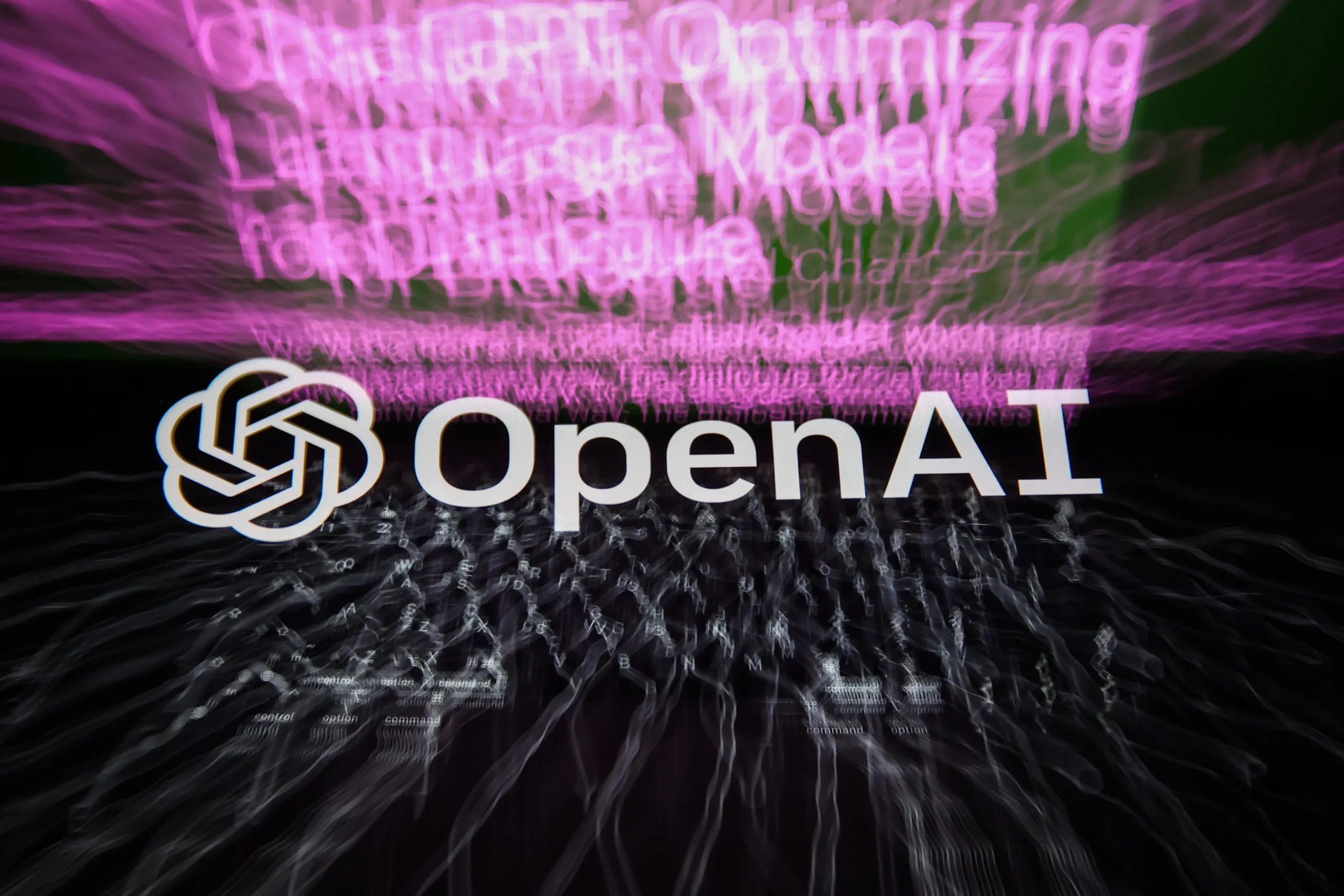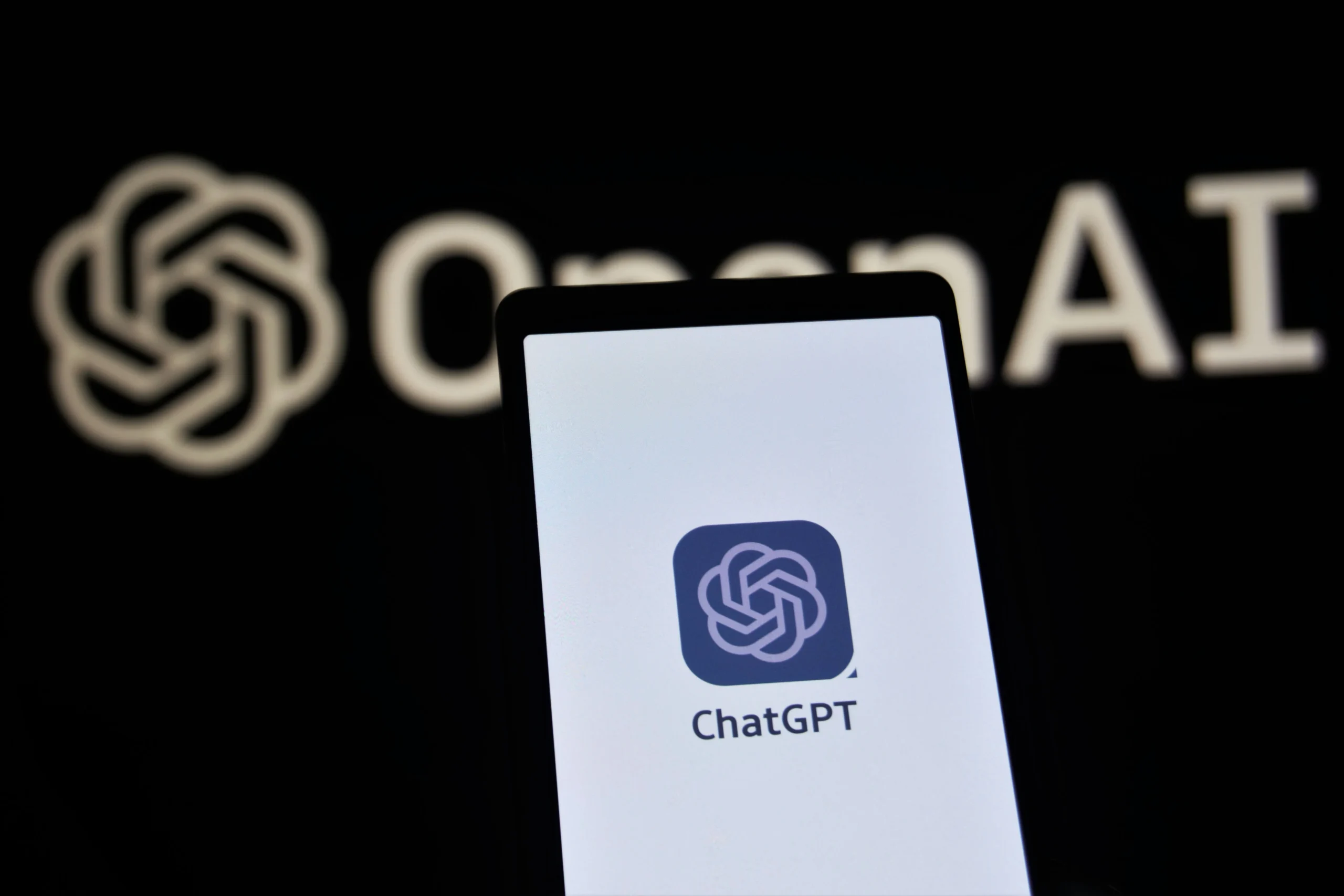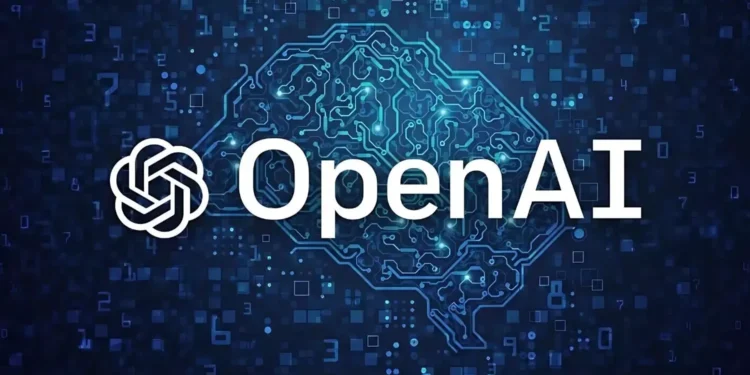In a rapidly evolving field like artificial intelligence, the race to develop and release the most powerful models has never been more intense. OpenAI, the $300 billion startup behind groundbreaking technologies like GPT-4, is at the forefront of this competition. However, its recent shift towards slashing the time and resources dedicated to testing the safety of its models has raised serious concerns. As the stakes grow higher, the pressure to launch faster is seemingly compromising the thoroughness of AI safety assessments.

The Rush to Release AI Models
OpenAI, once known for its meticulous and comprehensive safety testing, is now reducing the time allocated for evaluating its models. Sources close to the company’s testing processes have revealed that, unlike in the past when safety tests could take months, staff and third-party testers are now given just days to conduct evaluations. This drastic reduction in testing time has sparked fears that OpenAI may be rushing its technology to market without fully understanding the risks.
“We had more thorough safety testing when [the technology] was less important,” said one individual involved in testing OpenAI’s upcoming o3 model, designed for complex tasks like problem-solving and reasoning. With the rise in capabilities, they warned, the potential for misuse — even “weaponisation” — of AI technology has escalated. Despite these growing risks, the company is under immense pressure to release its models as quickly as possible.
“It’s a recipe for disaster,” they added. “I hope it’s not a catastrophic mis-step, but it is reckless.”
Competitive Pressures and the Need for Speed
This rush to release is not merely a product of OpenAI’s internal ambition, but also the intense competitive landscape that surrounds the company. As major players like Meta, Google, and even Elon Musk’s xAI push to make their own AI breakthroughs, OpenAI is striving to stay ahead. The pressure to remain the leader in cutting-edge technology is palpable, and with it, the risk of compromising safety has grown.
One of the key drivers of this speed is OpenAI’s desire to launch its new model, o3, as early as next week. Some testers have reportedly been given less than a week to evaluate its safety. In contrast, when GPT-4 was launched in 2023, testers were afforded six months to conduct rigorous safety evaluations.
“Some dangerous capabilities were only discovered two months into testing [GPT-4],” said a former tester. “They’re just not prioritising public safety at all.”

The Push for Regulatory Oversight
While there are currently no global standards for AI safety testing, this could change later this year when the European Union’s AI Act comes into effect. The new legislation will require companies to conduct safety assessments on their most powerful AI models. Until then, OpenAI and other companies have been operating with voluntary commitments to allow researchers at AI safety institutes to test their models.
However, critics like Daniel Kokotajlo, a former OpenAI researcher and current leader of the AI Futures Project, argue that the lack of regulation has allowed companies to prioritize speed over safety. “There’s no regulation saying [companies] have to keep the public informed about all the scary capabilities,” Kokotajlo said. “They’re under lots of pressure to race each other, so they’re not going to stop making them more capable.”
Fine-Tuning AI for Safety: Is OpenAI Following Through?
OpenAI has previously pledged to create customized versions of its models for assessing potential risks, including the possibility that AI could be used to create biological threats. These tests involve fine-tuning models with specialized data sets to assess their capacity for misuse in dangerous scenarios. However, sources indicate that OpenAI has conducted only limited fine-tuning of its older models, rather than the more powerful, advanced models like GPT-4 or o3.
“It’s great OpenAI set such a high bar by committing to testing customised versions of their models,” said Steven Adler, a former OpenAI safety researcher. “But if they’re not following through on this commitment, the public deserves to know.” Adler believes that without a full assessment of the risks associated with these newer models, the company may be underestimating the potential dangers.
The Problem with Safety Tests on Checkpoints
Another issue raised by former staff members is that safety tests are often conducted on earlier versions of models, known as “checkpoints,” rather than the final versions that are released to the public. This raises concerns that the models ultimately deployed may not be the same as those evaluated for safety. One former technical staff member criticized this practice, saying, “It is bad practice to release a model which is different from the one you evaluated.”
OpenAI, however, insists that the checkpoints it tests are “basically identical” to the final versions. According to Johannes Heidecke, the head of safety systems at OpenAI, the company has made “efficiencies” in its evaluation processes, including the use of automated tests, which have shortened the timeframes for safety assessments.

“We have a good balance of how fast we move and how thorough we are,” Heidecke said, assuring that the company is confident in its safety protocols, especially for models with catastrophic risks.
What’s at Stake for OpenAI and the AI Industry?
As OpenAI pushes forward with its ambitious plans to release new models faster than ever before, the company’s commitment to AI safety remains under intense scrutiny. While the desire to stay competitive in the rapidly evolving AI landscape is understandable, critics warn that cutting corners on safety could have catastrophic consequences.
The question remains: Can OpenAI maintain its competitive edge while ensuring the safety and ethical use of its AI models? As the technology becomes increasingly powerful, the risks associated with its misuse only grow. Time will tell whether OpenAI’s race to release will come at the cost of the public’s safety.










